The ability to capture images through photography is a relatively recent advancement in human history. While people have painted portraits for centuries, the first surviving photograph was taken by Joseph Nicéphore Niépce in 1826 or 1827. This means that much of history’s most famous figures—philosophers, warriors, rulers, and thinkers—exist only in paintings, with their true likenesses lost to time. However, as photography became more accessible, some of the world’s most significant individuals were documented in real life, allowing us to connect with history in a tangible way. Below, we explore some of the most remarkable figures who lived during the era of photography and whose images still exist today.
Annie Oakley: The Legendary Sharpshooter

Born Phoebe Ann Mosey, Annie Oakley was an extraordinary marksman who rose to fame in Buffalo Bill’s Wild West Show. She first showcased her incredible shooting skills at just 15 years old when she won a sharpshooting contest against seasoned male competitors. Recognized for her precision and showmanship, Oakley became one of the highest-paid performers in Buffalo Bill’s show, earning more than anyone else except for Buffalo Bill himself. Her incredible skill and dedication to her craft made her a lasting symbol of female empowerment in the Old West.
Butch Cassidy: The Infamous Outlaw

Born Robert LeRoy Parker, Butch Cassidy was one of the most notorious outlaws of the American West. Leading the criminal group known as The Wild Bunch, Cassidy orchestrated daring train and bank robberies across the country. Alongside his partner, Alonzo Longabaugh, better known as The Sundance Kid, and Etta Place, Cassidy fled to South America to escape law enforcement. While his exact fate remains debated, many believe he and Sundance met their end in a shootout with the Bolivian Army in 1908. His legacy as a charismatic outlaw remains an enduring part of Wild West folklore.
Leo Tolstoy: A Literary Giant
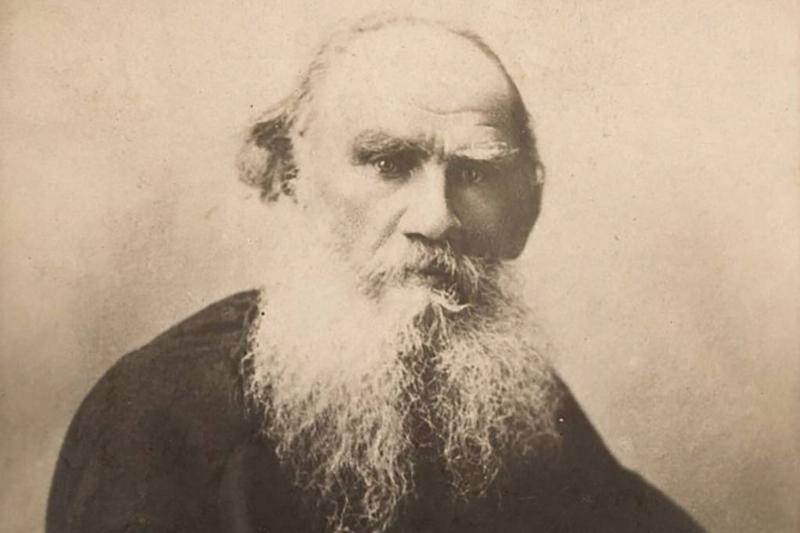
Count Lev Nikolayevich Tolstoy, widely known as Leo Tolstoy, was a Russian author and philosopher whose works remain some of the most celebrated in world literature. Tolstoy’s masterpieces, including War and Peace and Anna Karenina, solidified his place among the greatest writers of all time. He was even nominated for the Nobel Prize in Literature multiple times between 1902 and 1906 and was also considered for the Nobel Peace Prize in 1901, 1902, and 1909.
John Quincy Adams: The First U.S. President to be Photographed
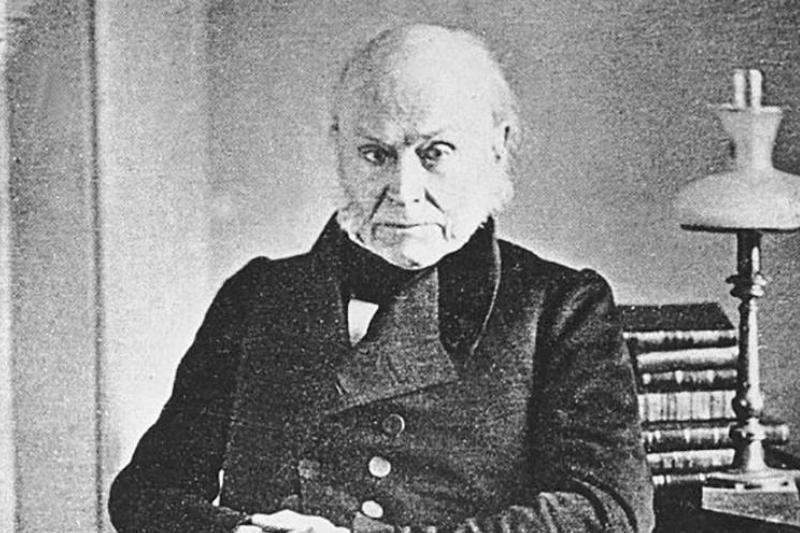
John Quincy Adams, born in 1767, was the son of John Adams, the second president of the United States. Adams followed in his father’s political footsteps, becoming a diplomat, senator, and eventually, the sixth president of the United States. Although Adams’ presidency lasted from 1825 to 1829, he later continued to serve in politics as a congressman. Interestingly, he was the first U.S. president to have his photograph taken, marking an important historical milestone in the documentation of American leaders.
Harriet Tubman: A Freedom Fighter

Harriet Tubman was born into slavery but escaped and dedicated her life to securing freedom for others. She became a key figure in the Underground Railroad, a secret network that helped enslaved people reach safety. Tubman personally led at least 13 missions, freeing over 70 enslaved individuals. During the Civil War, she expanded her role, working as a Union Army spy and scout, further cementing her legacy as a fearless advocate for justice.
Andrew Jackson: The Founder of the Democratic Party
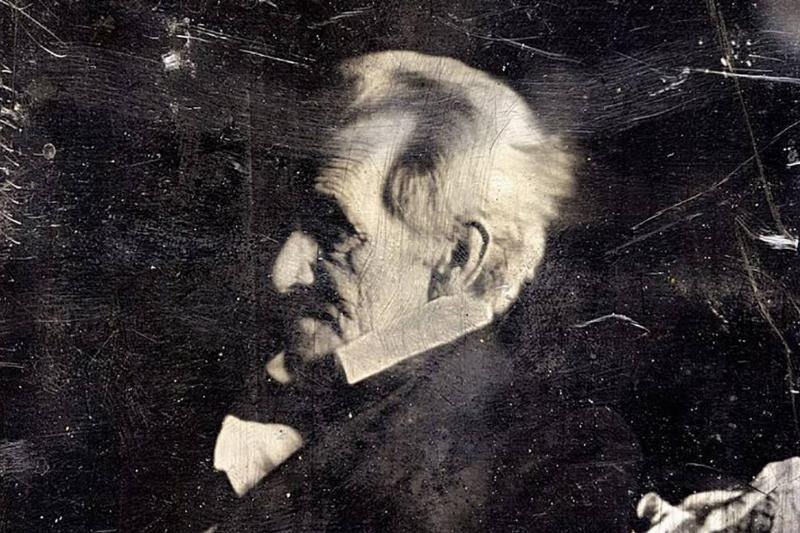
Andrew Jackson, a war hero and statesman, played a crucial role in shaping American politics. Before becoming the seventh president of the United States, he served as a Senator, House Representative, and Supreme Court Justice in Tennessee. His military career saw him leading troops in the Creek War, War of 1812, and First Seminole War. After losing the 1824 presidential election to John Quincy Adams, he formed the Democratic Party and successfully won the presidency in 1828. His presidency remains one of the most debated in American history.
Arthur Wellesley, 1st Duke of Wellington: The Man Who Defeated Napoleon
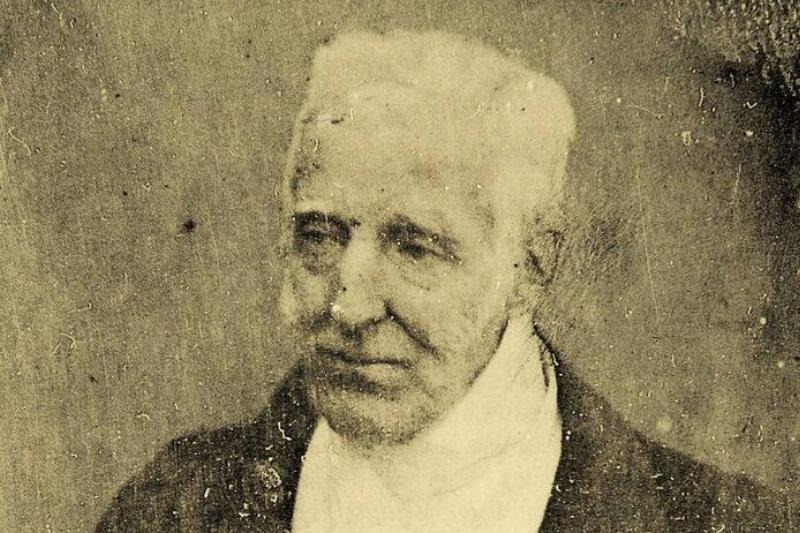
Arthur Wellesley was a British military leader and politician best known for defeating Napoleon Bonaparte at the Battle of Waterloo in 1815. This monumental victory secured Britain’s dominance in Europe and made Wellesley a national hero. Beyond his military accomplishments, Wellesley also served as Britain’s Prime Minister twice and was known for his strategic brilliance on and off the battlefield. His leadership solidified his place in British history as one of the nation’s greatest commanders.
Vincent van Gogh: The Artist Ahead of His Time
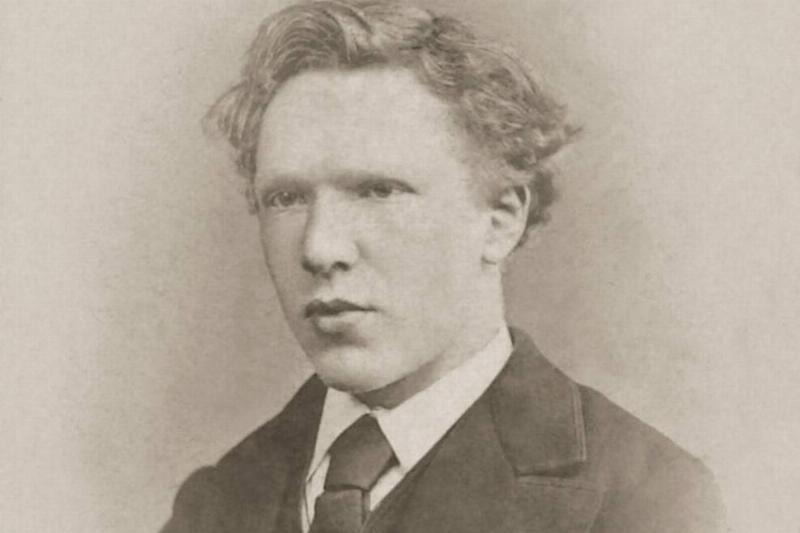
Vincent van Gogh, one of the most influential post-impressionist painters, created over 2,000 works in just a decade. His masterpieces, including Starry Night and Sunflowers, have become some of the most recognizable paintings in the world. Despite his talent, van Gogh struggled with mental health issues, experiencing severe psychotic episodes. Tragically, his work was largely unrecognized during his lifetime, and he passed away in 1890. Today, he is celebrated as one of the greatest pioneers of modern art.
Martin Van Buren: The Architect of American Politics
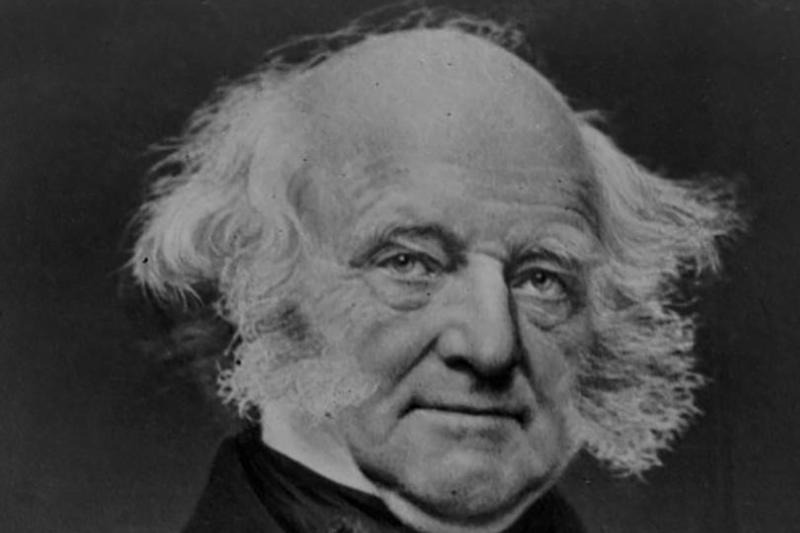
Martin Van Buren played a crucial role in shaping the modern Democratic Party. Throughout his career, he served as Governor of New York, Secretary of State, Vice President, and eventually, the eighth President of the United States. Van Buren was a close ally of Andrew Jackson, helping him secure political victories. He won the 1836 presidential election but lost his re-election bid in 1840. His final attempt at the presidency came in 1848 under the Free Soil Party, but he was ultimately unsuccessful.
Abraham Lincoln: The President Who Led a Nation Through Crisis
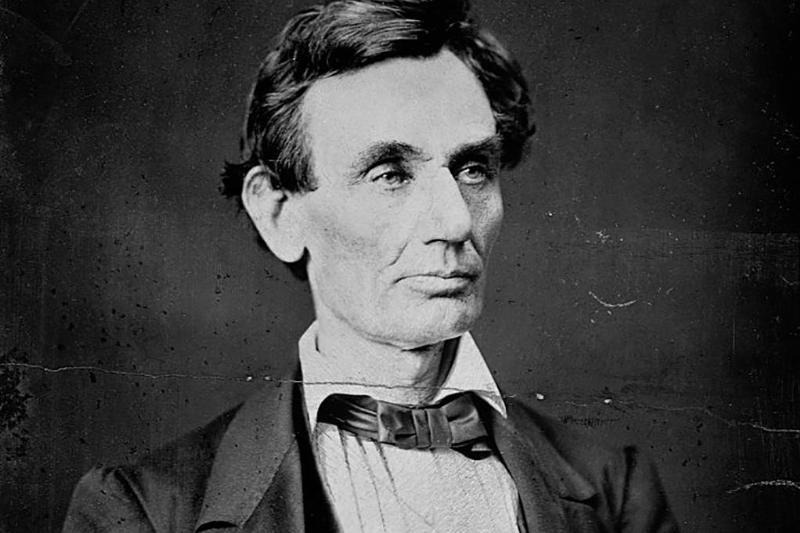
Abraham Lincoln, the 16th President of the United States, played a defining role in preserving the Union during the Civil War and abolishing slavery. Before his presidency, Lincoln worked as a lawyer and legislator. However, after winning the 1860 election, tensions between pro-slavery and anti-slavery states escalated, leading to the Civil War. Through his leadership, the Emancipation Proclamation was issued, and slavery was officially abolished. Tragically, Lincoln was assassinated in 1865, but his impact remains profound. He is widely regarded as one of the greatest U.S. presidents in history.
The Power of Historical Photography
Photography has granted us the unique privilege of seeing the faces of those who shaped the world. From fearless leaders to creative minds, these images provide a deeper connection to history, allowing us to witness the legacies of individuals who changed the course of humanity. Though many great figures existed before the invention of the camera, those who were photographed give us a rare glimpse into the past, bridging the gap between history books and real-life experiences. These rare historical photographs remind us that while time marches on, the impact of these individuals continues to be felt in our world today.
Leave a Reply